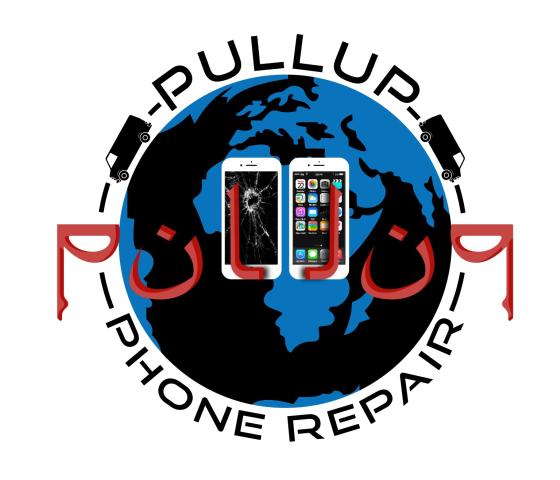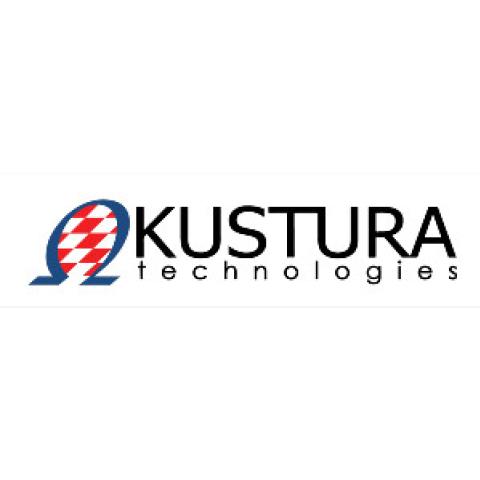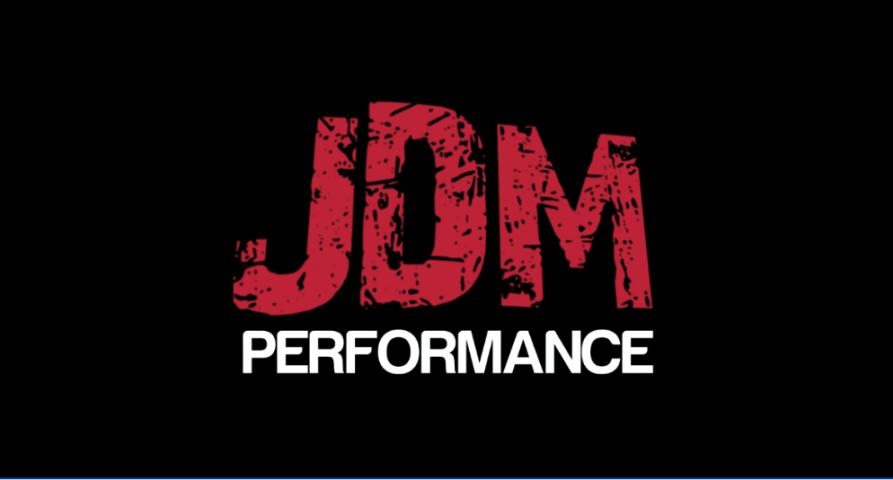Digital Asset Management (DAM) has evolved from a mere storage solution to a strategic tool driving efficiency, creativity, and brand consistency across industries. As a cornerstone of modern marketing technology, DAM is reshaping how businesses manage, organize, and leverage their digital assets. Let's delve into the top use cases across various sectors.
Understanding Digital Asset Management
Before we explore its applications, let's clarify what DAM is. Essentially, it's a centralized system for storing, organizing, and managing digital assets such as images, videos, audio files, documents, and more. By providing a single source of truth, DAM streamlines workflows, enhances collaboration, and ensures brand consistency across all channels.
DAM: A Marketing Technology Trend
DAM has rapidly ascended to become a critical component of the modern marketing technology stack. Its ability to centralize and organize assets, coupled with features like metadata tagging and version control, makes it an indispensable tool for marketers. As businesses increasingly rely on visual content to engage audiences, DAM's significance will only grow.
Top Use Cases Across Industries
Marketing and Advertising
- Brand Consistency: Ensure all marketing materials align with brand guidelines by storing and managing brand assets in a centralized location.
- Campaign Management: Streamline campaign creation and execution by accessing high-quality assets quickly and easily.
- Asset Collaboration: Facilitate efficient collaboration between creative teams, marketing, and sales.
- Digital Asset Distribution: Distribute approved assets to various channels (website, social media, print) with ease.
E-commerce
- Product Image Management: Organize and manage product images, videos, and descriptions efficiently.
- Content Creation: Accelerate content creation by providing access to a vast library of product assets.
- Marketing Asset Management: Support marketing campaigns with high-quality images and videos.
- Customer Experience: Enhance customer experience by delivering consistent and high-quality product information.
Media and Entertainment
- Media Library Management: Organize and store large volumes of media assets (photos, videos, audio).
- Content Distribution: Distribute media assets to broadcast, online, and mobile platforms.
- Rights Management: Track usage rights and licensing information for assets.
- Asset Sharing: Collaborate with partners and distributors efficiently.
Healthcare
- Patient Image Management: Store and manage patient images (X-rays, MRIs, CT scans) securely.
- Medical Device Management: Track and manage product images, manuals, and marketing materials.
- Clinical Trials: Organize and share clinical trial data and images.
- Regulatory Compliance: Ensure compliance with data privacy and security regulations.
Architecture and Engineering
- Project Asset Management: Store and manage project-related files (blueprints, renderings, CAD files).
- Asset Sharing: Collaborate with clients, contractors, and team members efficiently.
- Digital Asset Delivery: Deliver high-quality assets for presentations and proposals.
- Asset Archiving: Preserve valuable project assets for future reference.
Education
- Learning Material Management: Store and organize educational resources (images, videos, documents).
- Content Creation: Support the creation of engaging learning materials.
- Asset Sharing: Share educational resources with students and faculty.
- Digital Asset Distribution: Distribute learning materials through various channels (LMS, mobile apps).
Conclusion
Digital Asset Management is no longer a luxury but a necessity for businesses across industries. By centralizing, organizing, and optimizing digital assets, DAM empowers teams to work more efficiently, create better content, and enhance brand consistency. As technology continues to evolve, DAM will undoubtedly play an even more critical role in shaping the future of business.



















